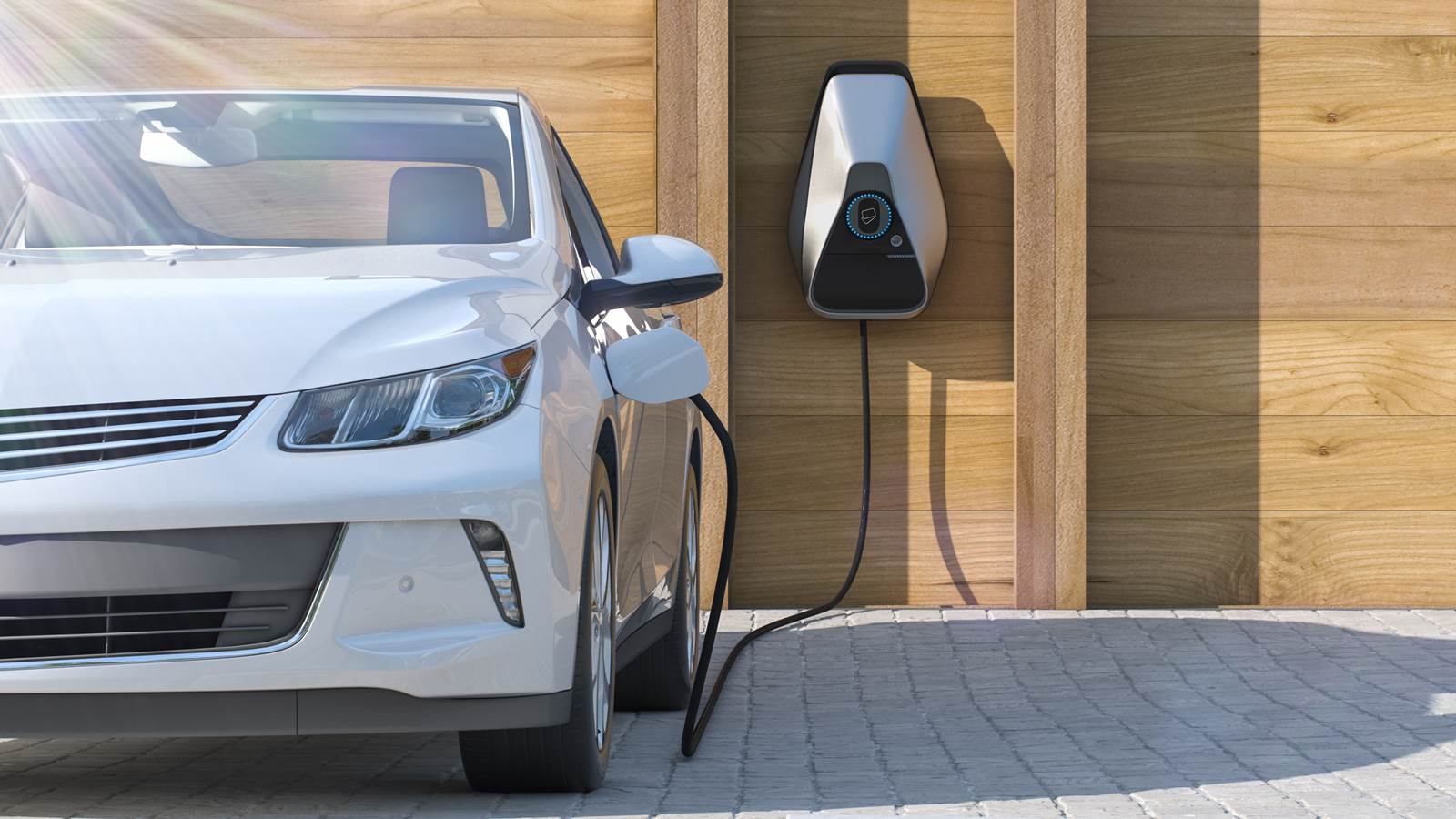- Costs To Charge At Home
- Equipment To Charge At Home
- Can I Plug My EV Into a Standard Wall Outlet?
- Where Should I Have My Charger Installed?
Since more and more people are becoming environmentally conscious, they are looking for better alternatives to conventional needs and wants that we were all used to having. That’s why electric vehicles are now in, with their environment-friendly solutions without compromising their efficiency.
Electric cars tend to be more efficient, as they do not produce any tailpipe emissions, and most importantly, they can deliver instant torque and acceleration like never before. Also, you do not have to stop by a gas station to fill the tank up. You can simply charge your electric car at home when you’re not using it, like when you’re sleeping. Electric car charging is not complicated, which makes it a standout when considering owning one.
However, there are numerous important details about home charging that many potential EV owners may not be aware of or comprehend. This article is here to help you.
Costs To Charge At Home
Aside from installing an electric vehicle charging station (which we will discuss more later), you do not need to spend a lot when it comes to charging your electric vehicle at home. It’s the same as plugging in your appliances the usual way.
EVs have lower costs than conventional vehicles. Based on the national average of 12.6 cents/kwh, fully charging an all-electric vehicle with a 100-mile range and a depleted battery would cost roughly the same as running an average central air conditioner for six hours. Seeing as plug-in hybrid electric vehicles have smaller batteries, each charge is even less expensive.
It depends on the brand of your electric vehicle but it is averaging at 2,520 kWh, which is less than the required amount of electricity to run a normal water heater.
Equipment To Charge At Home
All it takes is an electric vehicle charging station. There are two types of charging stations, known as electric vehicle supply equipment or EVSE: the simple Level 1 and the slightly complicated Level 2. You should store the charging cord securely to avoid damage, check the accessible EVSE parts for wear on a regular basis, and keep the system clean for both types of EVSE.
Always consult an electrician to know which EVSE is better for your needs. A licensed electrician can tell you what things need to be done before conducting an EV charger installation because it requires modifying some parts of your electrical system.
Can I Plug My EV Into a Standard Wall Outlet?
Definitely. After you have consulted a licensed electrician and had your electrical system at home modified, charging at home is now completely doable. Your EV should come standard with a 120-volt charging cable, a part of your EVSE. The cable’s one end fits into your car’s charging port, and the other end plugs into a standard grounded plug, just like most other electronic devices in your home.
However, it is important to note that you cannot plug an EV charging cable into an extension cord unless you purchase a specially designed extension cord for that purpose. Charging using a standard plug is Level 1 charging, which works when you are sleeping or staying in for the day because it charges a longer time than Level 2 charging.
Where Should I Have My Charger Installed?
Before you even have your 240-volt outlet or EVSE set up, make sure you know where it will go. The best location is usually inside a garage. When you get home in the evening, where do you park your car? Do you always park the same way? If you buy an EVSE to plug into a wall outlet, make sure the cord is able to reach your vehicle.
You should also check if the cord would be able to reach another adjacent spot should you plan to buy another unit. The location of an electric car’s charging port tends to vary by model, so keep this in mind if you’re having the installation done before taking control of your vehicle.
If you don’t have a garage, you’ll need to think about the best outdoor location for your charger. Make sure the cables can be run safely and it has the appropriate protection from the elements as directed by the manufacturer. Some units are better suited to dealing with the elements than others.
If you’re not sure on where to install your electric vehicle charging station, you can always consult your state’s electrical company to avoid any complications or potential accidents.
Our Takeaway
EV charger installation requires help from electrical contractors since they are the ones who can tell you the best spots and tips in installing your electric vehicle charging station. Electric car charging is very easy compared to its gas-run counterparts, and it also adds to the advantages why these cars are being considered over the others.

